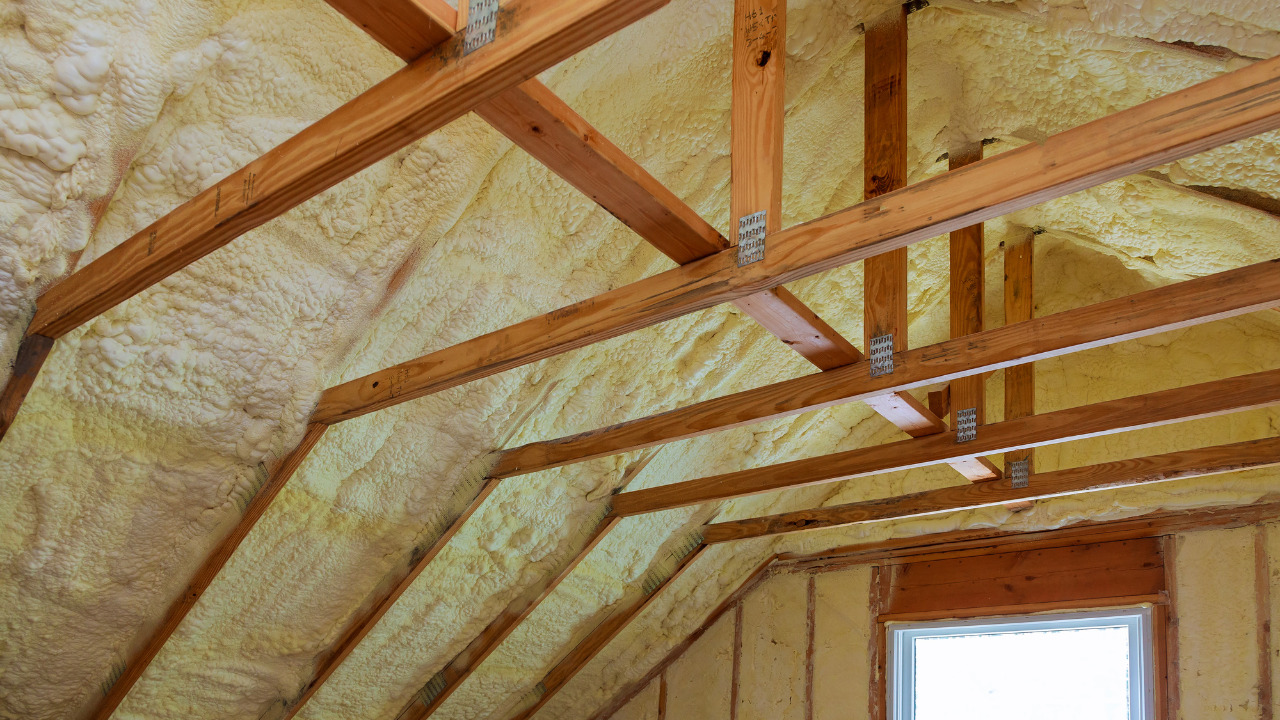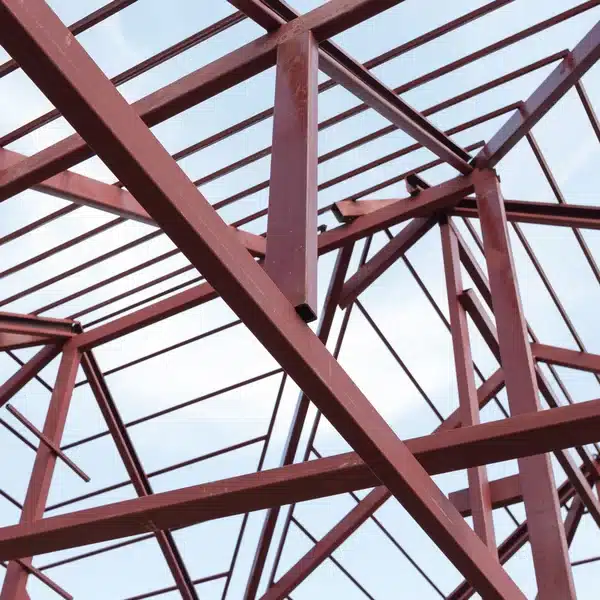Starting the build home project is exciting but can feel overwhelming, especially if it’s your first time. Collaborating with architects and considering various house designs are crucial steps in this process. You’ll need to think about where it’s going to be, what it will look like, and how much it’s going to cost.
To make sure everything goes smoothly and your house turns out just how you want it, here are nine key steps you should know about. This way, you can be more confident as you start this journey, working with professionals to turn your build home from an idea into reality.
Table of Contents
1. Define your vision with professional visualization
Establishing your vision is the foundational step in bringing your dream home to fruition. It involves deep reflection on your lifestyle, desired location, the size of the property, and any unique features that will make the house truly yours.
At this stage, consulting a professional 3D rendering studio becomes invaluable. Such a studio can bring your ideas to life, offering a clear, accurate visualization of your home before even one brick is laid. Through architectural visualization, you can explore and refine your architectural designs, interior layouts, and even the surrounding landscape.
This ensures your vision is not only achievable but perfectly aligned with your deepest desires. 3D rendering services excel in merging emotional and informational elements, producing photorealistic renders that capture the essence of your intended design. This approach adds an authentic, lifelike quality to your proposed home, making it easier to visualize living in your future space.
2. Budget Wisely
Smart budgeting is a vital part of the process in turning your vision of the dream home into reality. Start by setting a realistic budget that covers all essentials, including the cost of materials, the house plan, and essential services, while also leaving room for any unforeseen expenses.
When selecting materials, aim for a balance between quality and cost-effectiveness to ensure the durability of your entire house without overspending. Incorporating energy-efficient designs can also save money in the long run by reducing utility bills.
Keep a close eye on your finances throughout the project, looking for opportunities to save money without compromising on the quality or design of your home. By carefully managing your budget, you can avoid overspending and ensure that your project stays on track, resulting in a home that meets your expectations both aesthetically and financially.
3. Choose the right location
Choosing the perfect location is essential before you start building your home. It’s not just about the plot itself but also the environment it’s in, the community surrounding it, accessibility to amenities, and potential future developments in the area.
These factors significantly impact your lifestyle and the value of your home. Before making a decision and before building, delve into the legal considerations and zoning laws that may affect your house designs and construction plans. Utilizing architectural visualization and 3D rendering, guided by experienced architects, can play a crucial role at this stage.
These tools help you envision how your build home project will sit within its future environment, allowing you to make informed decisions based on not just the current state but the potential future scenarios of the location. Choosing the right spot is about marrying the practicalities of daily living with the aspirations of what your building represents, ensuring it’s a place where you can thrive.
4. Hire the right professionals
Hiring the right professionals is a critical step in turning your house plan into reality. It’s essential to choose architects, builders, and contractors who not only have the expertise in working with the materials and design you envision but also have a proven track record.
Look for professionals who can provide solid references and a portfolio of their previous work. This will give you insight into their capability to handle your project and ensure that your vision for your home is understood and achievable.
Checking their past projects can also give you ideas on how to save money without compromising on the quality or aesthetics of your design. A good professional team will bring invaluable insights into making your house plan into reality, ensuring that every aspect of your home is executed to perfection. Ready to get started? Your Dream Home Renovation Starts Here as you connect with the right professionals. Let them handle the work while you relax and watch your house transform.
5. Prioritize key features and flexibility
In building your dream home, it’s essential to differentiate must-haves from nice-to-haves. Prioritize features that directly impact your daily life and happiness. Think about the non-negotiables, like the layout, energy efficiency, or specific design elements. Simultaneously, plan for the future by designing flexible spaces that can adapt to life’s changes, such as rooms that can serve multiple purposes over time. This strategy ensures your home meets your needs today while being adaptable for tomorrow, balancing immediate desires with long-term practicality.
6. Embrace sustainable practices
Adopting sustainable practices in construction goes beyond trends, becoming a critical need for environmental preservation and the benefit of future generations. Architects today are increasingly focusing on incorporating energy-efficient designs and materials that significantly reduce a home’s environmental footprint.
This includes using insulation that conserves energy, installing efficient windows, and choosing materials that are sustainable.
Moreover, integrating renewable energy sources, such as solar panels, and opting for sustainable landscaping practices can further enhance your home’s eco-friendliness. These sustainable approaches not only contribute to a healthier planet but also result in long-term savings on energy costs, making them a wise choice for any building project.
7. Incorporate Personal Style and Comfort
Integrating your personal style and comfort is essential for crafting a space that genuinely mirrors your identity. While keeping up with the latest trends can be exciting, it’s important to balance these with your own tastes and the comfort level you desire.
This means selecting designs, materials, and finishes that not only look good but are also durable and stand the test of time. Choose items that resonate with your personal aesthetics but won’t need replacing shortly due to wear or changing fashions.
By focusing on what genuinely feels like home to you, and ensuring these choices are built to last, you’ll craft a living space that remains your sanctuary for years to come, perfectly blending style with sustainability and comfort.
8. Understand the importance of good lighting
Grasping the significance of proper lighting is key to achieving the right ambiance and mood in your house. Architectural visualization and 3D rendering tools are invaluable in planning how natural and artificial light will interact within your spaces.
These technologies allow architects to experiment with different lighting scenarios in your build home project, ensuring that each room benefits from the optimal balance of light. Maximizing natural light can transform the feel of a space, making it more welcoming and energy-efficient.
For artificial lighting, selecting the right fixtures and placements is key to enhancing the functionality and aesthetics of your home. This strategy is a fundamental aspect of house designs, where lighting plays a crucial role in creating the desired atmosphere.
Whether it’s soft, warm light for a cozy living room or bright, clear light for a kitchen, the right lighting solutions can significantly impact the overall feel and functionality of your home, turning it into a space that truly reflects your style and meets your needs.
9. Plan for the long-term
When creating your house plan, it’s crucial to think about the long-term implications. It’s about looking beyond the immediate to ensure your home remains valuable and functional for years to come. Consider the resale value of your home; even if you plan to stay indefinitely, life’s unpredictability means flexibility is key. Opt for timeless designs and high-quality materials that appeal to future buyers and withstand the test of time.
Additionally, think about how your home can adapt to changing family needs or advancements in technology. Design spaces that are versatile and can be easily modified to accommodate different life stages or new technological innovations. This foresight ensures your home is not just a reflection of your current desires but a space that evolves and grows with you, maintaining its comfort, functionality, and value over the long haul.

Conclusion
Building your dream home is a significant endeavor, requiring thoughtful planning and informed decisions at every turn. From choosing sustainable materials to planning for the future, each step should be taken with care.
Architects and 3D visualization studios can subtly assist in this process, offering a glimpse into how your choices will shape your home within the framework of your chosen house designs, ensuring that your personal style and comfort are at the forefront.
Prioritize key features, embrace good lighting, and consider long-term adaptability to ensure your home remains valuable and aligned with architectural trends. By taking the process step by step, you can create a space that meets all your expectations, becoming a cherished sanctuary for years to come.





